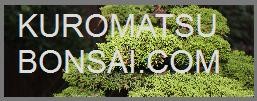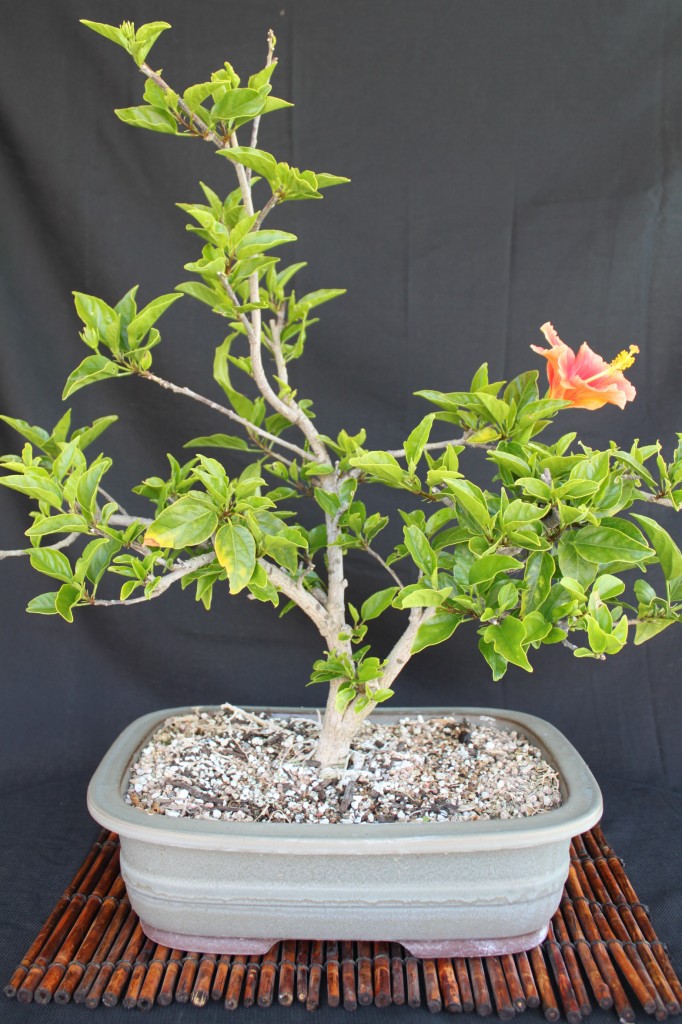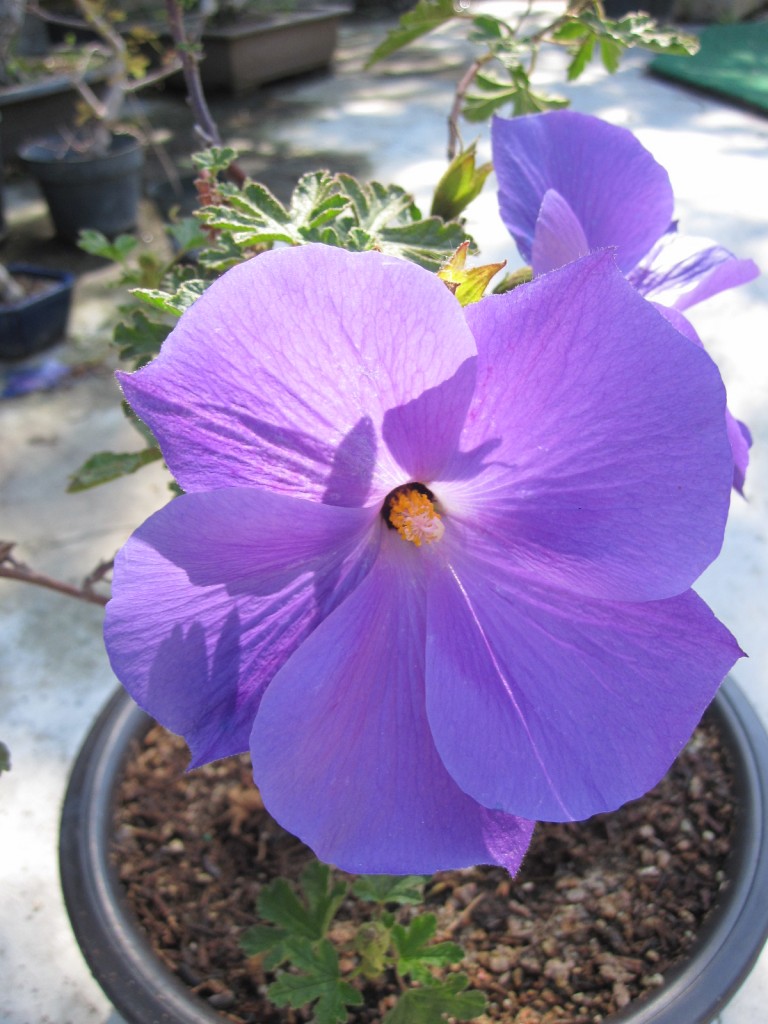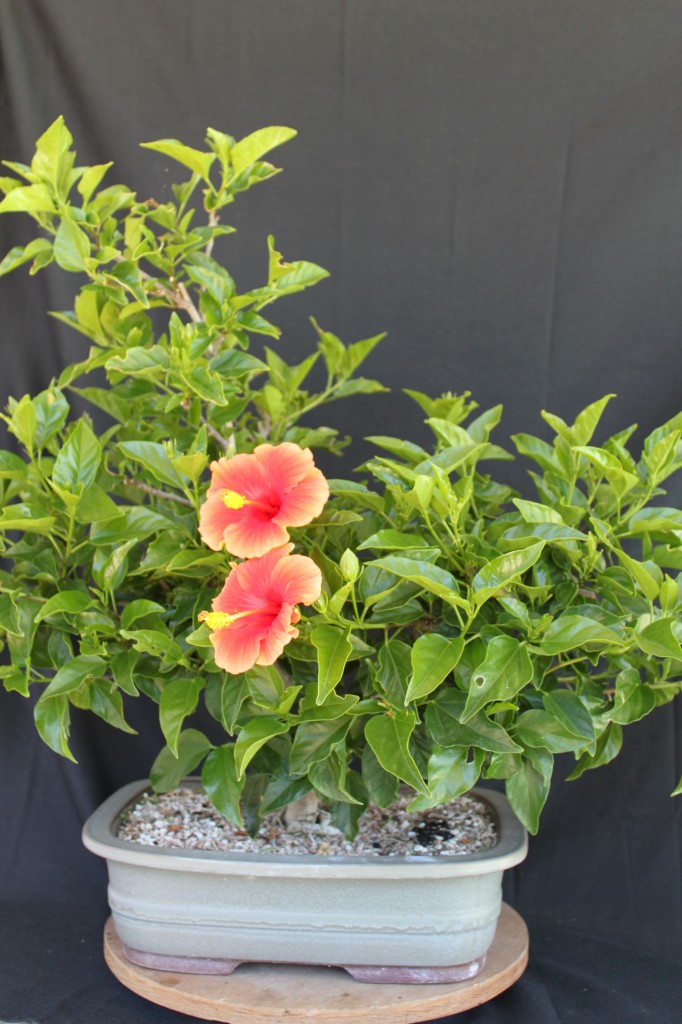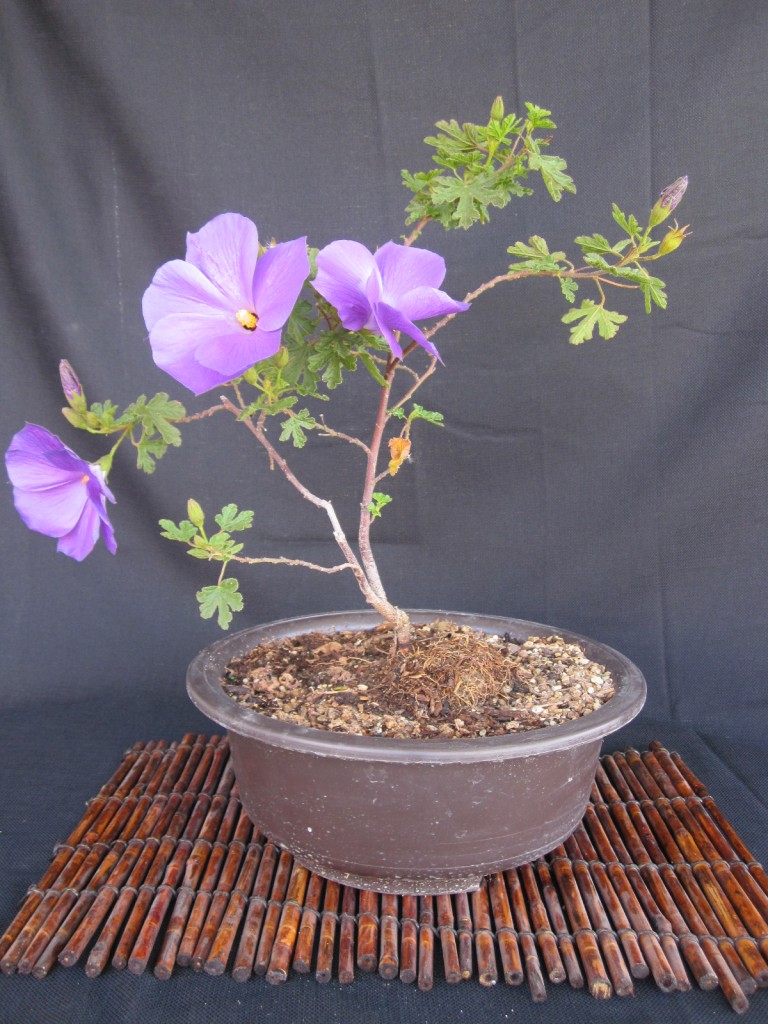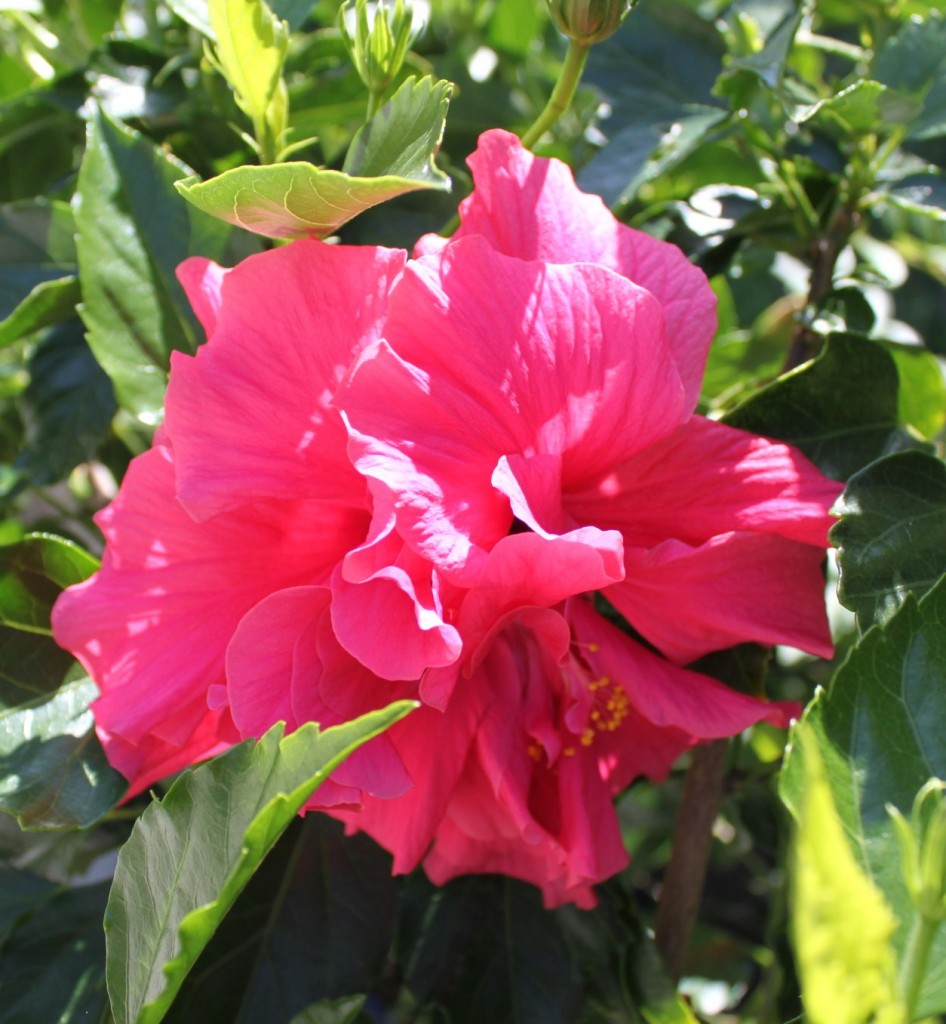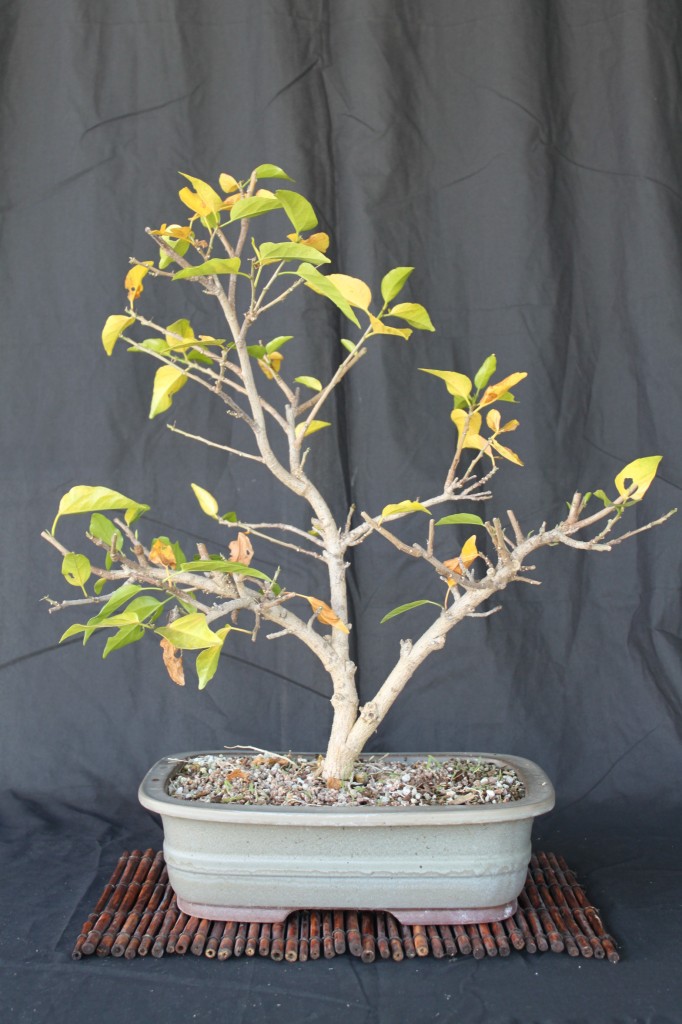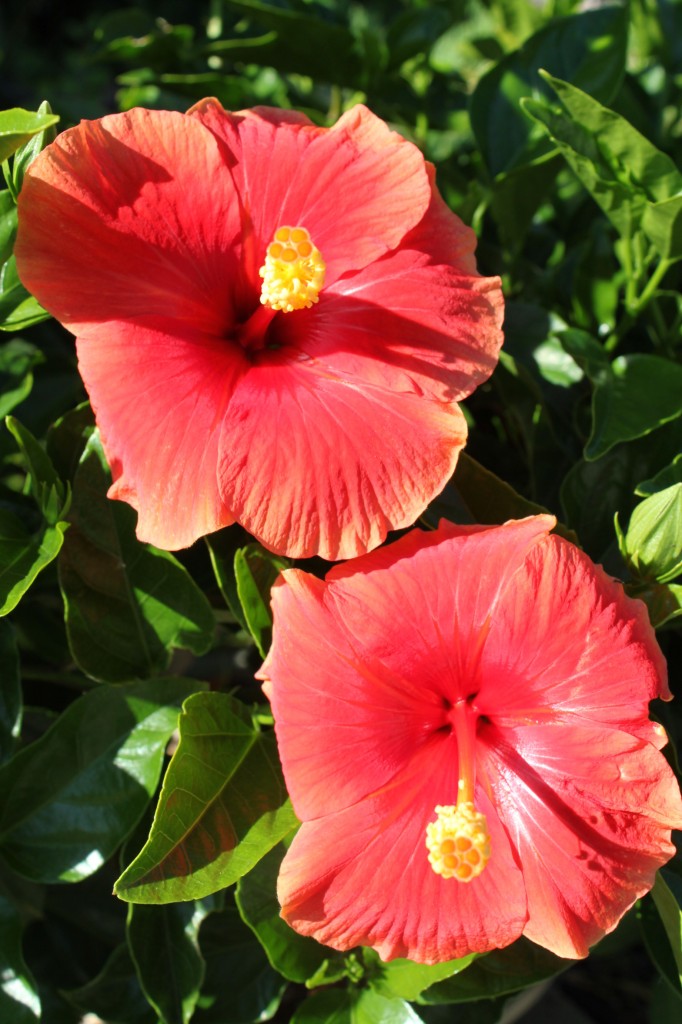Hibiscus Bonsai
Hibiscus Bonsai
Hibiscus produces beautiful flowers, but its large flowers and leaves discourage many from trying to create a Hibiscus bonsai. For this reason, Hibiscus is not often seen as a bonsai. However, Hibiscus responds well to bonsai technique, and they produce beautiful and striking bonsai.
Background:
The Hibiscus is large shrub, native to the warmer temperate, subtropical and tropical parts of the world, including the Middle East, India, Australia, many Pacific Islands, and some warmer parts of the Pacific Rim. Its most striking feature is its large flowers, which range from reds, pinks and even deep purples, to oranges, yellow, and white. It is cultivated as an ornamental shrub for landscape purposes in the warmer parts of the world. The flowers attract butterflies and hummingbirds. There are two principal varieties used for landscape and bonsai: 1) Hibiscus Syriacum, also known as Rose of Sharon or Purple Hibiscus. This variety is winter hardy to below freezing temperatures. Flowers are almost always some shade of purple, from a light lavender to a very deep purple. The second variety, Hibiscus Sinensis, or Chinese Hibiscus, is the variety often seen on the ear of a beautiful Polynesian girl. Chinese Hibiscus is winter hardy to near freezing temperatures, but becomes semideciduous or fully deciduous when temperatures go below 50 degrees Fahrenheit. Chinese Hibiscus has been extensively hybridized, and flowers are available in a very wide range of colors or color combinations. As bonsai, Hibiscus has a sparse and spotty history. There are reputedly people who have traditionally shaped Hibiscus as bonsai in China and Taiwan. The evidence of this is limited to a single photo in the Paul Lesniewicz book, “Indoor Bonsai.” In modern bonsai, Walter Pall has shaped one and published photographs. There are a few others, mostly in Australia.
The featured tree here is a dwarf variety, and has somewhat smaller flowers and leaves than full size varieties. It was acquired by the author’s wife almost ten years ago, and represents the author’s first experience in trying to make a bonsai from a Hibiscus. This tree has been in a pot its entire life, and as a result has grown rather slowly. The other photos show more recent acquisitions, which are being grown on in growing pots or large tubs in order to facilitate faster growth.
Where to Get One:
From a landscape nursery if you live in a place with tropical weather, or anywhere in the temperate zones where the winters are mild. If you live anywhere north of USDA Zone 9, you will probably have to order one online, and it will need winter protection. In “Big Box” stores in the southern part of the U.S., Hibiscus is a seasonal item in the landscape department. They typically show up in April, when they start blooming, and stay on the shelves through the summer. Lucky folks in places like Hawaii and Southern California can collect large specimens from landscapes. Hibiscus have moderately invasive roots, and homeowners often want to remove specimens which are too close to buildings and retaining walls and have gotten too large. Hibiscus can be propagated easily from cuttings or layering. In warm weather you can take thick cuttings, and place them right into good bonsai soil. They do not need rooting hormone, and will readily sprout roots and new growth as long as the weather is warm enough.
What to Do With It:
Because of the leaf and flower size, Hibiscus tends to work better as a larger bonsai. Fortunately, Hibiscus is fast growing, and building a fat trunk is easily done by putting the tree in a tub or in the ground. Since it is easy to build structure, when you choose one from a nursery, flower color and size should be a primary consideration, as it is the one thing about the tree you cannot change. There are dwarf varieties available in nurseries that have smaller leaves and flowers; these may be better suited for bonsai.
Siting:
Hibiscus are shade tolerant, but seem to grow well in full sun as well. They must be protected from cold, however. With Chinese Hibiscus, temperatures below 50 degrees will cause leaf drop, and temperatures below freezing will damage or kill them. As stated above, Hibiscus Syriacum is more winter hardy – but it still needs some protection.
Soil and Potting:
Because of the large leaves and flowers, Hibiscus bonsai like some organic matter and some water retention built into the soil. 40% organic to 60% aggregate works pretty well, but even with this mix, you will have to use a supplemental fertilizer made for flowering plants in order to get good leaf color and flower production. Hibiscus is particular about the nutrient levels in the soil. Get it right, and you will get shiny, dark leaves and a profusion of blooms. Get it wrong, and you will get pale leaves and few or no blooms. Organic fertilizers work far better than chemical fertilizers. Blood meal works well for leaf growth, and bone meal fuels flower growth very nicely. Hibiscus tolerate root pruning pretty well as long as it is done in warmer weather while the tree is in active growth.
Pruning and Shaping:
Hibiscus trees bud back on old wood very easily, and can be readily shaped by pruning. They also tolerate wiring fairly well, but younger wood can be fairly springy, and putting bends into trunks is better accomplished with guy wires and turnbuckles, as Hibiscus wood has to get pretty thick in order to take a set. Hibiscus can be shaped into any bonsai shape. Group plantings may not work well due to leaf size and variations in flower color, unless all plants in the group are grown from cuttings taken from the same parent. Leaf size can be controlled through leaf pruning, or by selection of specimens that have a natural tendency for smaller leaves.
Closing Remarks:
With Hibiscus bonsai, it is all about the flowers. Hibiscus produce lots of flowers, and unlike azalea bonsai, they bloom throughout the growing season. This makes Hibiscus wonderful candidates for bonsai, if the grower can master the proper techniques for cultivation and shaping.
